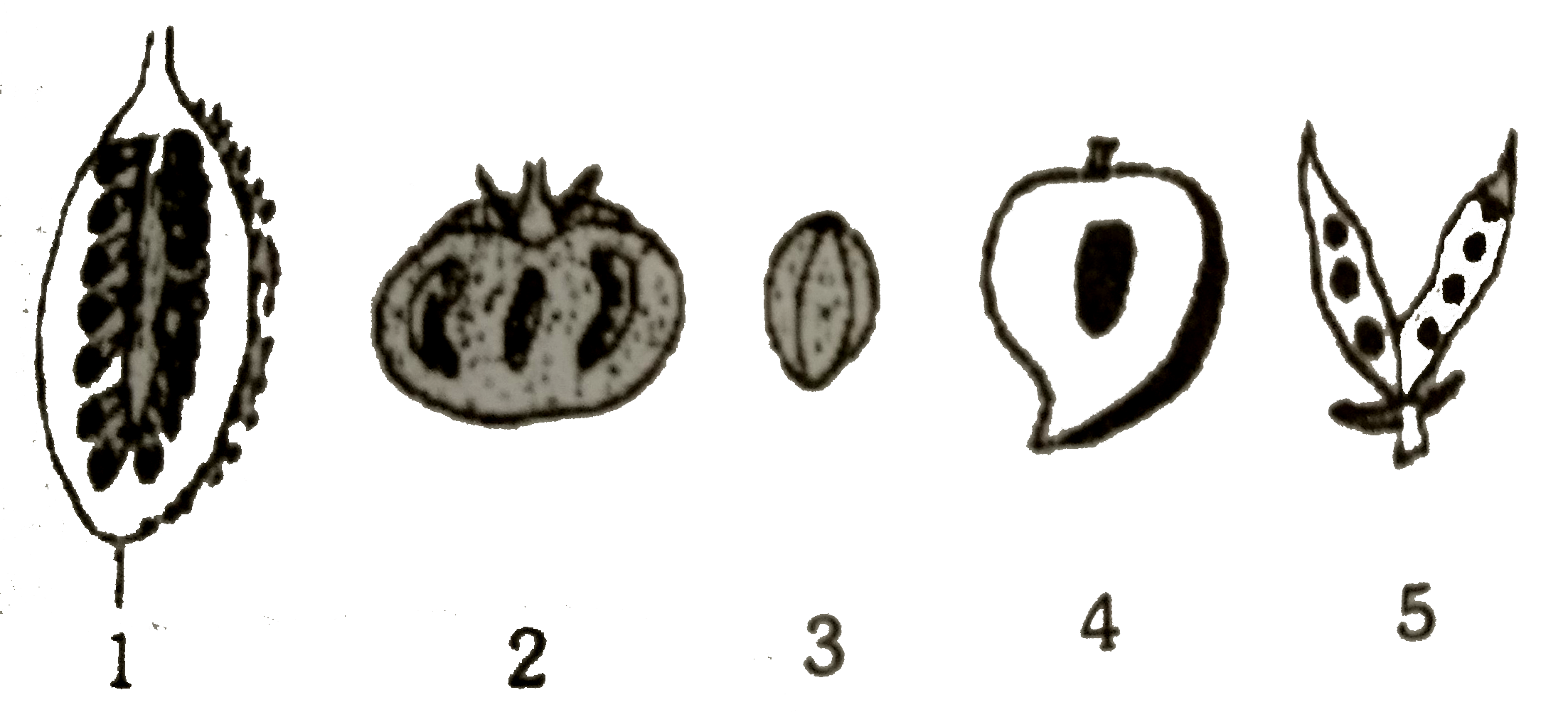Which of the following correctly represents the effect of increase of temperature on adsorption ?
Chemical adsorption increase regularly wherease physical adsorption first decreases and then increases.
Physical adsorption decreases regularly whereas chemical adsorption first increases and then decreases.
Chemical adsorption first decrease and then increase whereas physical adsorption shows the opposite trend.
Physical adsorption first decreases and then increases whereas chemical adsorption shows the opposite trend.
The correct Answer is:B
To solve the question regarding the effect of temperature on adsorption, we need to analyze the behavior of both physical adsorption and chemical adsorption (chemisorption) with respect to temperature changes.
1. Understanding Adsorption Types:
- There are two main types of adsorption: Physical Adsorption and Chemical Adsorption (Chemisorption).
- Physical adsorption involves weak van der Waals forces, while chemisorption involves the formation of stronger chemical bonds.
2. Effect of Temperature on Physical Adsorption:
- As temperature increases, the kinetic energy of the molecules also increases.
- The weak van der Waals forces that hold the adsorbate to the adsorbent can be overcome by this increased kinetic energy.
- Therefore, with an increase in temperature, the rate of physical adsorption decreases.
3. Effect of Temperature on Chemisorption:
- Initially, as temperature increases, the activation energy for the chemical reactions involved in chemisorption is overcome more easily.
- This leads to an initial increase in the rate of chemisorption.
- However, after reaching a certain temperature, the chemical bonds may start to break due to excessive thermal energy, leading to a decrease in the rate of chemisorption.
- Thus, the graph of chemisorption rate versus temperature shows an initial increase followed by a decrease.
4. Conclusion:
- Based on the above analysis:
- For physical adsorption, the rate decreases with an increase in temperature.
- For chemisorption, the rate initially increases and then decreases after a certain temperature.
- Therefore, the correct representation of the effect of temperature on adsorption is that physical adsorption decreases continuously, while chemisorption first increases and then decreases.
Final Answer:
The correct option is that physical adsorption decreases with increasing temperature, while chemisorption first increases and then decreases.
---
- There are two main types of adsorption: Physical Adsorption and Chemical Adsorption (Chemisorption).
- Physical adsorption involves weak van der Waals forces, while chemisorption involves the formation of stronger chemical bonds.
- As temperature increases, the kinetic energy of the molecules also increases.
- The weak van der Waals forces that hold the adsorbate to the adsorbent can be overcome by this increased kinetic energy.
- Therefore, with an increase in temperature, the rate of physical adsorption decreases.
- Initially, as temperature increases, the activation energy for the chemical reactions involved in chemisorption is overcome more easily.
- This leads to an initial increase in the rate of chemisorption.
- However, after reaching a certain temperature, the chemical bonds may start to break due to excessive thermal energy, leading to a decrease in the rate of chemisorption.
- Thus, the graph of chemisorption rate versus temperature shows an initial increase followed by a decrease.
- Based on the above analysis:
- For physical adsorption, the rate decreases with an increase in temperature.
- For chemisorption, the rate initially increases and then decreases after a certain temperature.
- Therefore, the correct representation of the effect of temperature on adsorption is that physical adsorption decreases continuously, while chemisorption first increases and then decreases.
The correct option is that physical adsorption decreases with increasing temperature, while chemisorption first increases and then decreases.
Topper's Solved these Questions
- SURFACE CHEMISTRY BOOK - PRADEEPCHAPTER - SURFACE CHEMISTRY EXERCISE - INTEGER TYPE QUESTIONS
5 Videos
- SURFACE CHEMISTRY BOOK - PRADEEPCHAPTER - SURFACE CHEMISTRY EXERCISE - ASSETION-REASON TYPE QUESTIONS (TYPE I)
5 Videos
- SURFACE CHEMISTRY BOOK - PRADEEPCHAPTER - SURFACE CHEMISTRY EXERCISE - MULTIPLE CHOICE QUESTIONS
13 Videos
- SOME BASIC CONCEPTS OF CHEMISTRYBOOK - PRADEEPCHAPTER - SOME BASIC CONCEPTS OF CHEMISTRYEXERCISE - Competition (FOCUS) JEE (Main and Advanced)/Medical Entrance SPECIAL (VIII. Assertion-Reason Type Questions)(Type II)
13 Videos
Similar Questions
Knowledge Check
Which of the following correctly represents the order of atomic radii
AMg2+<Na+<F≺O2−BNa+<F≺Mg2+<O2−CNa+<Mg2+<O2−<F−DO2−<F≺Na+<Mg2+Which of the following correctly represents the type of fruits given
 A1. Berry , 2. Caryopsis , 3. Drupe , 4. Sorosis , 5. AggregateB2. Berry , 3. Caryopsis , 4. Drupe , 1. Sorosis , 5. AggregateC2. Berry , 3. Caryopsis , 4. Drupe , 5. Legume , 1. AggregateD2. Berry , 3. Caryopsis , 4. Drupe , 1. Sorosis , 5. Legume
A1. Berry , 2. Caryopsis , 3. Drupe , 4. Sorosis , 5. AggregateB2. Berry , 3. Caryopsis , 4. Drupe , 1. Sorosis , 5. AggregateC2. Berry , 3. Caryopsis , 4. Drupe , 5. Legume , 1. AggregateD2. Berry , 3. Caryopsis , 4. Drupe , 1. Sorosis , 5. LegumeWhich of the following correctly represents the +I-effect of the substituents ?
AO−>COO−>CR3BCOO−>O−>CR3CO−<COO−<CR3DCOO−<O−<CR3
Which of the following correctly represent the range of size of plasmids ?
View SolutionWhich of the following correctly represents the stability of reactive intermediate?
View SolutionWhich of the following reactions is correctly represented?
View SolutionWhich one of the following correctly represents esterification reaction
View SolutionWhich of the following correctly represents the structure of tetrahydrofuran ?
View Solution
